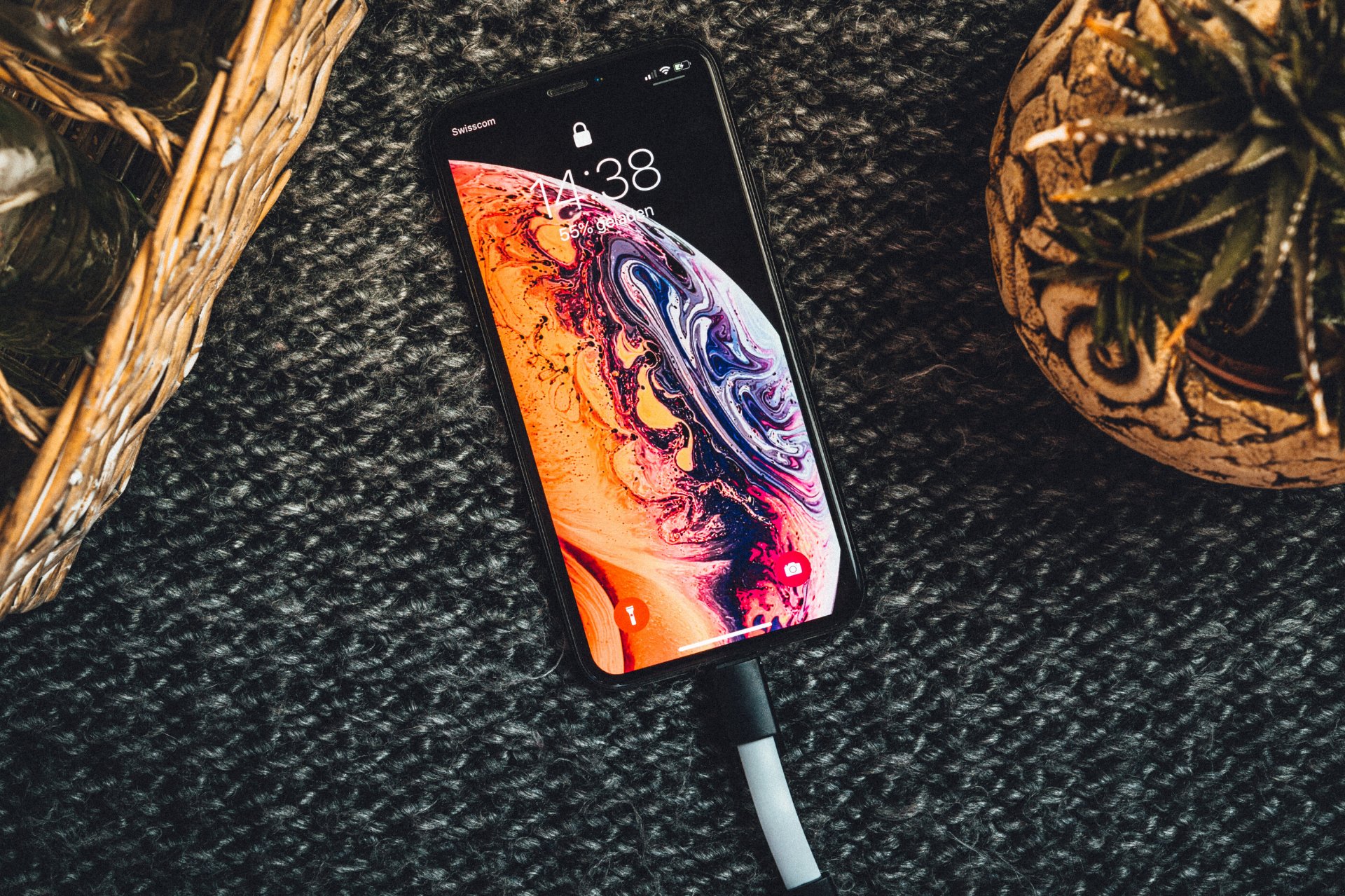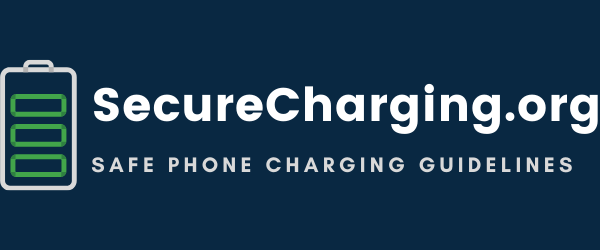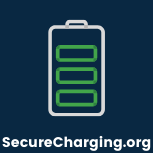
Charging FAQs
At Home
Is it safe to...
If you can avoid leaving your phone plugged in for prolonged periods, you should. While the newest smartphones are, thankfully, “smart” enough to stop incoming current when it’s fully charged, preventing overloads from causing any major harm to your battery, you’re still potentially speeding up your battery’s degradation. How much damage an overnight charge can cause differs from manufacturer to manufacturer because they each handle power management differently and employ varying types of hardware, but it’s definitely a safer bet to not leave your device plugged in all night.
Just like with the overnight charge, while letting your battery drain to zero percent is not going to kill your phone, it’s best to avoid it whenever possible. By frequently letting your battery drop down to zero, you’re putting unnecessary stress on your device which can lead lithium-ion batteries to corrode faster than they otherwise would.
Absolutely not! If your charging cable is damaged in any way – especially if the internal wires are exposed – you should stop using it immediately. A frayed cable is a hazard and it’s not worth the cost and trouble of repairing, so just toss it out and purchase a new (certified) one.
No! The problem with cheap, uncertified cables – like the kinds typically found by the checkout line at the drugstore – is not just their poor shelf life but also the fact that they’re prone to short-circuiting, which can generate sparks, smoke or even a fire. On top of all that, your phone may not even charge, or charge properly, when you use an uncertified cable.
Unless there’s a technical flaw with your battery or the charger, it’s safe to use a fast charger on most smartphones on the market today! Fast charging works in two phases: in phase one, there’s a blast of voltage that gets applied to your empty (or near empty) battery. This is what gives your phone that quick 50-70% boost within the first half hour of the charge. In phase two, phone manufacturers carefully manage the charging speed – effectively slowing it down – in order to give the battery time to absorb the charge and avoid any damage.
Yes! The standard induction charger creates an electromagnetic field no more dangerous than radio waves, which means it’s not nearly strong enough to have any negative effect on the human body. However, wireless chargers tend to produce a lot of heat and require fans or some other cooling method in order to keep your device from overheating and damaging its parts. Another thing to be mindful of is placing any metallic or magnetic objects near your wireless charger when you’re charging your phone – they’ll just cancel out the charge.
No! One of the biggest problems with maintaining battery life is overheating. High temperatures can really reduce your battery’s lifespan over time so it’s best to put your phone away from the strong sun on those hot summer days (85 degrees Fahrenheit or higher). That means: avoid placing your phone on window sills, vehicle dashboards and beaches when the sun is out. On a hot day, keep your phone’s internal temperature from rising by wrapping it in a towel or shirt or by placing it inside a bag near a cool (contained) water bottle.
On the Go
Is it safe to...
The degree of safety depends on which kind of phone charging station! The kinds of charging stations where you have exposed, dangling cables are problematic for two reasons: if you leave your phone unattended, even for a short moment, you’re exposing yourself to theft. Second, those dangling charging cables are more vulnerable to “juice jacking.” While juice jacking is an incredibly rare occurrence, public USB ports that are completely exposed are more vulnerable to hackers who are trying to steal your data or infect your phone with malware.
Then you have charging stations that require a credit card swipe. Those credit card swipes can leave you with an unwanted or unexpected charge – whether it’s from the manufacturer itself or from a cyber criminal. Credit card skimming is a real problem: criminals can plant “skimmers” (small devices engineered to steal credit card data) onto existing, legitimate credit card readers.
So what kind of charging station is safe? ChargeItSpot, the leading provider of phone charging stations for retailers, is the most secure option on the market today. We’ve designed our entire charging experience to ensure the highest levels of security – from the inside out. From our vault-like locker exterior, with a multi-step passcode and security image system, to our patented OptiCharge® technology which delivers the most efficient charge to each phone, all while restricting any juice jacking, we’ve created the most secure charging station for consumers to charge up while on the go.
While juice jacking in any setting is very rarely reported, it’s still technically possible with any exposed USB charging port, like the ones at hotel nightstands or desks. The USB port or cable (if the hotel provides one) could have been loaded with malware that can export your private data, like passwords and other sensitive banking information, directly into the hands of a cyber criminal or hacker. It’s always best to pack your own charger and cable and use the hotel wall outlet to charge your phone directly.

